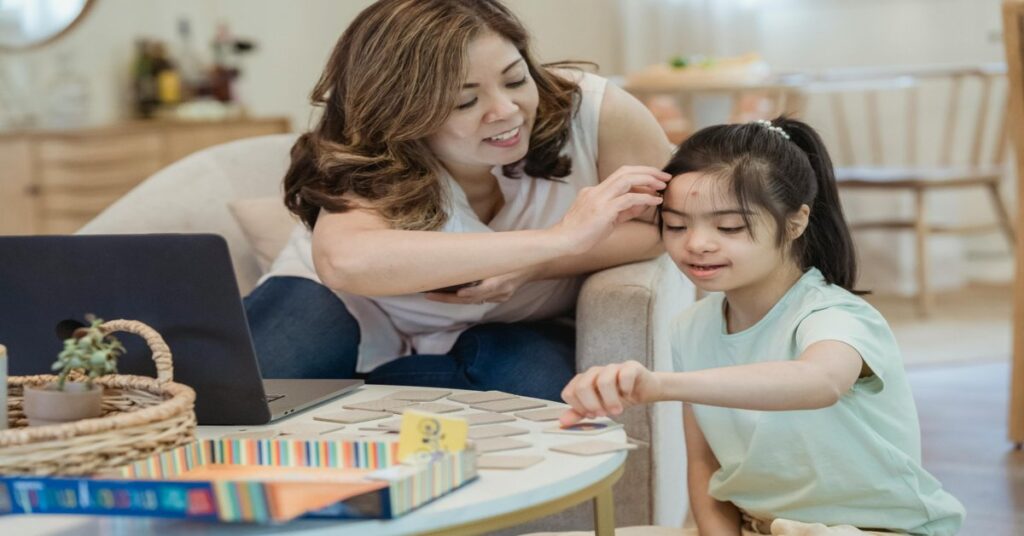Creating an inclusive home is less about major renovations and more about a series of thoughtful daily adjustments. Whether your child navigates life with mobility, sensory, or cognitive differences, small tweaks add up to a huge impact—boosting independence, confidence, and joy. Below you’ll find 1500 words of practical, AdSense‑safe, SEO‑optimized guidance you can start using today.
1. Why Inclusive Design Matters More Than Ever
According to the World Health Organization, more than one billion people live with some form of disability. Children included. An accessible home does more than meet physical needs—it nurtures social‑emotional growth and encourages kids to participate fully in family life. Inclusive tweaks help siblings, grandparents, and visitors too, ensuring everyone feels welcome.
2. Guiding Principles of an Accessible Living Space
- Safety First: Remove trip hazards, sharp edges, or breakable décor at a child’s level.
- Reachability: Place daily‑use items (switches, toys, books) within easy reach—roughly 70–110 cm from the floor.
- Sensory Balance: Offer predictable lighting and gentle, neutral colors to reduce overstimulation.
- Flexibility: Choose furniture on wheels, adjustable shelving, and modular storage you can reconfigure as your child grows.
- Universal Design: If it works for everyone, nobody feels singled out.
3. Entryway & Everyday Mobility Hacks
Barrier‑free pathways start at the front door:
- Zero‑threshold ramps or gentle portable ramps for steps under 15 cm.
- Low‑force door handles (lever style) placed at 90 cm height.
- Non‑slip mats both inside and outside—look for beveled edges that won’t catch wheels or walkers.
Inside, keep hallways at least 90 cm wide. Tuck away cords with floor‑level cable covers and install motion‑sensor night lights along commonly traveled routes.
4. Kitchen Adjustments That Promote Independence
The kitchen can be a learning lab for life skills:
- Pull‑out shelves in lower cabinets let wheelchair users reach pots without strain.
- Color‑coded utensils (green for safe, red for hot) offer visual cues for children with cognitive disabilities.
- Install a single‑lever faucet or touchless tap to control water with limited dexterity.
- Create a child‑height prep station—an inexpensive rolling cart with a nonslip mat works wonders.
5. A Restful, Adaptable Bedroom
Good sleep is vital for every child’s development. Try these hacks:
- Adjustable bed rails provide security without full enclosure.
- Blackout curtains plus soft‑glow LED strips under the bed prevent sensory overload at bedtime.
- Use Velcro wardrobe organizers—easy to open, label with icons for kids who don’t read yet.
6. Bathroom Safety: Small Tweaks, Big Peace of Mind
Bathrooms are slippery by nature, but a few affordable changes reduce risk:
- Textured stickers or mats in the tub; choose designs that also delight the eye.
- Install grab bars at 85–95 cm height near the toilet and tub (secure to studs).
- Anti‑scald valves keep water below 38 °C (100 °F).
- A transfer bench helps with bath entry for kids who cannot step over the tub wall.
7. Smart Tech & Assistive Gadgets to Simplify Routines
Technology has become more affordable and family‑friendly:
- Voice‑controlled hubs (e.g., Google Home™) turn lights on/off, cue reminders for medications, or play calming music.
- Switch‑adapted toys let children with limited mobility activate favorite games independently.
- Wearable GPS trackers offer peace of mind for kids prone to elopement.
- Free accessibility apps convert speech to text and vice versa—handy for homework or storytelling.
8. Crafting a Sensory‑Friendly Corner
Not every child needs a full sensory room; a quiet corner can make a huge difference:
- Soft floor cushions or a scoop rocker for vestibular input.
- A weighted blanket (10% of body weight) for calming deep pressure.
- Noise‑canceling headphones within reach.
- A small bookshelf filled with tactile objects—think silicone pop‑it toys or fabric swatches.
9. Daily Routines & Habits That Reinforce Accessibility
A hack is only helpful if it fits into everyday life. To embed new tools:
- Create visual schedules (pictures + words) and place them at eye level.
- Use a first/then board to outline tasks and rewards—boosts compliance and understanding.
- Rotate sensory toys weekly to maintain interest without clutter.
10. Involve Your Child in the Process
Co‑designing their space teaches self‑advocacy. Invite your child to choose colors, test furniture heights, or brainstorm new hacks. Even simple questions like “Which handle is easier to pull?” make them feel empowered.
11. Budget‑Friendly DIY Tips
Inclusive doesn’t have to mean expensive:
- Repurpose an over‑the‑bed table as a height‑adjustable craft desk.
- Attach 3D‑printed extensions to light switches (many free files online).
- Use PVC pipe to create low‑cost parallel bars for practicing gait training under therapist supervision.
- Replace door knobs with $10 lever handles—a 15‑minute DIY.
12. Review, Maintain, and Evolve Your Adjustments
Children’s abilities—and passions—change rapidly. Set a quarterly home audit in your calendar:
- Check grab bars and ramps for wear.
- Ask teachers or therapists for feedback on emerging needs.
- Donate outgrown adaptive equipment to local support groups.
Conclusion: Small Steps, Big Wins
You don’t need a renovation crew to create a more accessible, inclusive home. By layering the hacks above—one drawer, one doorway, one daily habit at a time—you’ll foster greater independence, confidence, and happiness for your child with disabilities. Start today with the area that feels easiest, celebrate every success, and remember: inclusion is a journey, not a destination.

